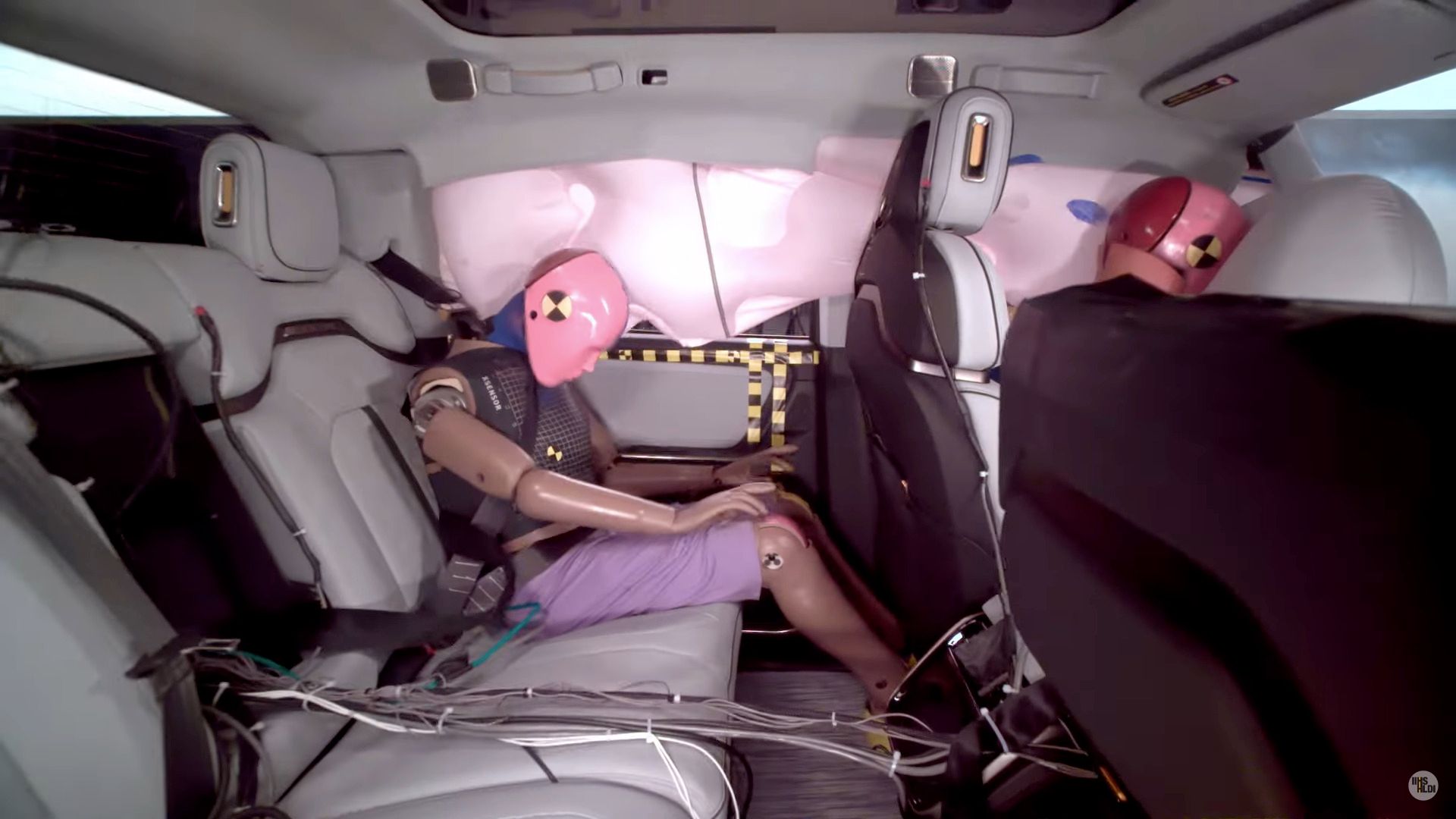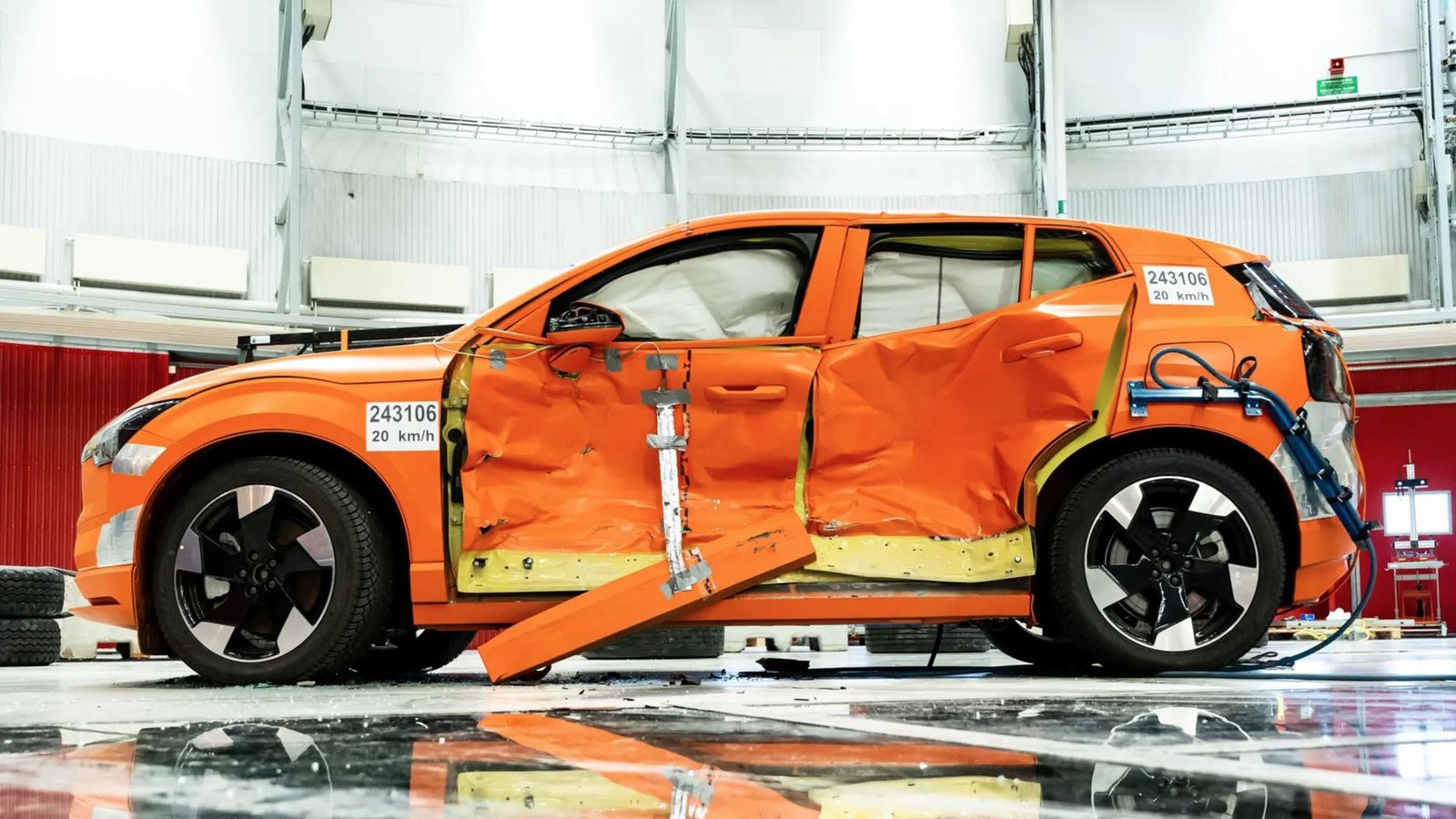An insurance write-off is when the damage caused in a crash would cost more to repair than replace the car. Back in the day when fenders were simply bolted to the chassis and anti-lock-braking was the height of safety tech, it would often mean the crash had to damage the structure to write off. According to a report from Axios based on LexisNexis data, in 2018, nineteen percent of crashed vehicles were deemed a write-off by insurance companies.
By 2023, that percentage rose to 27 percent, and is expected to jump another five percent during 2025. In 2024, we saw an average rise in auto insurance of 15 percent and if the trend continues, insurance costs will continue to rise. The reasons why we see more expensive repairs now are varied. Some can be blamed on mandated safety technology, but some of them are self-inflicted. Buyers don’t want a 3 Series with the same tech from five years ago.
Required Safety Tech
Modern cars include things like crumple zones, parts of the car’s structure designed to collapse under impact to absorb energy before it reaches the passenger compartment, and airbags. These crumple zones mean the chances of an impact reaching the engine increase, and airbags going off mean they need to be replaced. Due to crash testing and demand for safer cars, organizations like the Insurance Institute for Highway Safety (IIHS) demand better engineered cars for safety, meaning more complicated and/or expensive structures to protect the car’s occupants. More recently, the US has mandated rearview cameras, which, obviously, means a camera has to mounted on the back of a car, ready to be damaged if the car is rear-ended. Those basics alone were raised in cost following the supply chain issues caused by the COVID pandemic.

Related
Stopping Whiplash Will Be Crash Testing’s Next Big Thing
Rotational brain injuries, or in English, whiplash, has proven to be a hidden danger in car accidents. The IIHS hopes to change that.
On top of the government-mandated safety equipment, automakers are encouraged by a mixture of consumer demand, media pressure from outlets like us, and safety ratings from organizations like the IIHS, to add safety systems. Things you see on the features lists like automatic emergency braking, blind spot monitoring, rear cross traffic alert with emergency braking, then more luxury features like adaptive cruise control all use various types, and sometimes multiple types of sensors.
Not only do the sensors often need replacing in a heavy crash, but even in a light fender bender where they aren’t damaged, they can be moved and fixing that requires recalibrating the sensors, which takes shop time. Just replacing a bumper isn’t just replacing a bumper anymore – it can include all sorts of sensors, including camera, lidar, radar, and ultrasonic sensors. Add more driver aids or semi-autonomous features, and you add more sensors, and they start appearing around the car in the fenders and the rear bumpers.

Related
Texas Accuses Allstate Of Using Private App Data To Raise Insurance Rates
The insurance giant reportedly used third-party developers to amass a huge databank of driver activities.
On top of all this, automakers are incredibly good at making their cars more attractive and comfortable. However, those 19-inch wheels are expensive, so is the upgraded paint, those extra aerodynamic trim pieces, that heated windscreen, and those fancy headlights all add up. Just a door alone can have a bunch of features, like acoustic glass, upgraded sound deadening, puddle lamps, painted or carbon fiber covers, and a soft-close function.
How This Will Play Out
It’s not just the government that demands more safety features, but consumers that want themselves and their families to be protected on the road. In theory, what should happen with the addition of active safety systems that intervene on the road, like automatic braking and blind-spot monitoring with lane-keep-assist, is that there will be less accidents, so damage can either be reduced or more crashes avoided completely. If there are less insurance claims, but the percentage of those claims involving write-offs keeps rising, that’s not necessarily a bad thing. However, the rise in insurance costs suggests that it isn’t balancing out. Not yet, anyway. If we’re being optimistic.

Related
NHTSA Wants Loads More Tesla Cybertruck Sales Before Crash Tests
Without more interest in the wacky EV, the Cybertruck will probably never be crash-tested by the NHTSA or the IIHS.
It may take time for the equation to work itself out as S&P Global Mobility data tells us that the average age of a car on the road in 2024 was 12.6 years and most of the major advances in sensor-led safety systems have come in the past six years or so. That means that while your nice new fully-loaded car can do a lot to prevent you causing an accident, it can’t prevent another car driving into it. What it will do is protect occupants better by lowering the chances or extremity of injuries or, in a worse case scenario, save lives.
Source: Axios




